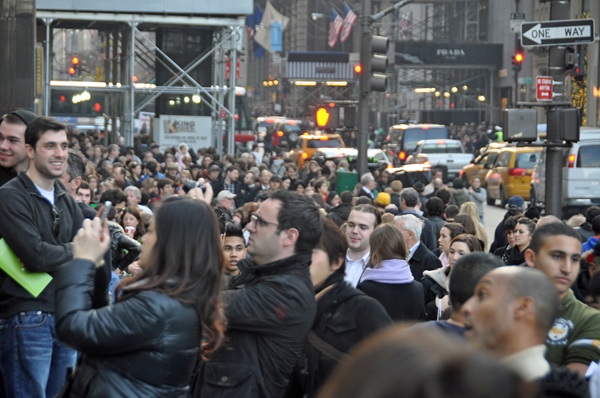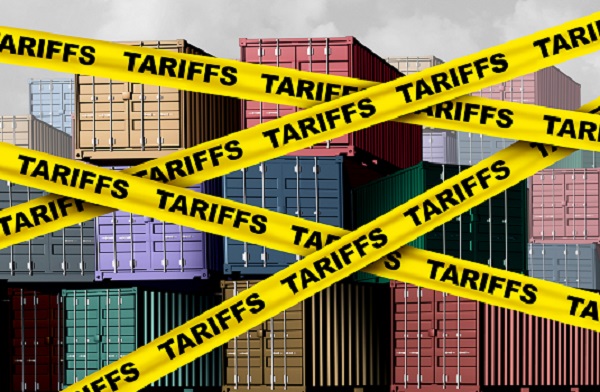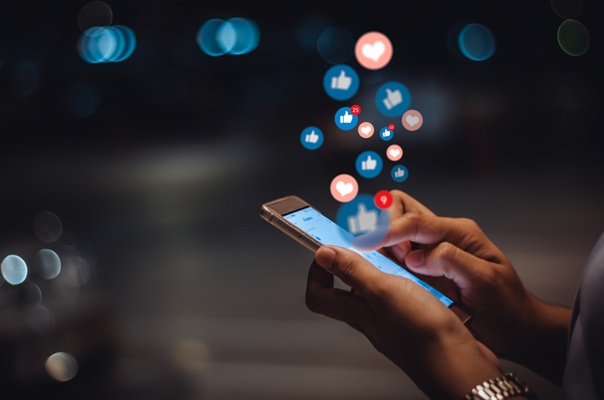.png)
Gurumurthy, ex-central banker and a Wharton alum, managed the rupee and forex reserves, government debt and played a key role in drafting India's Financial Stability Reports.
November 23, 2025 at 8:44 AM IST
The Origins: From Financial Panic to Retail Frenzy
So, like many great traditions, whether it is war, toxic wellness trends, and overpriced weddings, Black Friday was born from disorder and later rebranded as excitement.
Ironically, the modern Black Friday has a similar emotional root – panic; not among traders, but among consumers. The current retail version emerged in Philadelphia during the mid-20th century, when post-Thanksgiving crowds flooded the city for a football game and police dreaded the unruly mobs of shoppers. They called it “Black Friday” due to traffic jams, shoplifting, and near-riot behaviour.
It wasn’t until the 1980s that retailers took this catastrophic term and, with marketing alchemy, turned it into a symbol of profit and a noble act of altruism. What began as a day police hated became a day manufacturers worship.
A Consumer’s Puppeteer Strings
Let’s dissect the most potent weapons:
1. Scarcity Principle
Like a starving caveman hunting the last buffalo, you click BUY NOW on a toaster.
2. Fear of Missing Out (FOMO)
Black Friday turns shopping into competition, where the prize is a gadget you’ll forget exists in six weeks.
3. Anchoring Effect
It’s not a deal; just a mathematical theatre.
4. Micro-Dopamine Hits
Black Friday is effectively a casino with shopping carts.
The Underbelly - Exploit the Deliberately Designed Chaos
Producers don’t simply wait for Black Friday. They prepare for it like generals preparing for war. Factories churn out specially created “Black Friday models”, cheaper versions of
Black Friday doesn’t just sell products. It sells a downgraded illusion.
Producers also exploit another factor - overproduction. Instead of disposing excess inventory (which costs money), they turn it into a festival of “slashed prices,” making consumers pay to clear warehouses.
Black Friday is a clearance bin wearing lipstick.
The Trap: How Consumers End Up Paying for What They Don’t Need
Buying a ₹12,000 appliance for ₹6,000 doesn’t save ₹6,000. It rather spends ₹6,000. Owning five pairs of discounted shoes doesn’t add value — it subtracts from your bank balance. Purchasing something “just in case” is like paying rent to clutter.
Black Friday teaches consumers to treat spending as victory. The illusion works because Black Friday does not discount products. It discounts consumers’ judgement.
We don’t buy because we need.
We buy to feel smart, to feel lucky, to feel like we outwitted the market.
Meanwhile, producers smirk in boardrooms, knowing we are willingly enrolling in economic self-harm.
The Smartest Shopper May Be the One Who Buys Nothing
To buy only what you need is not frugality; it is resistance.
In 1869, markets crashed because people chased fake scarcity. Today, wallets crash for the same reason.




